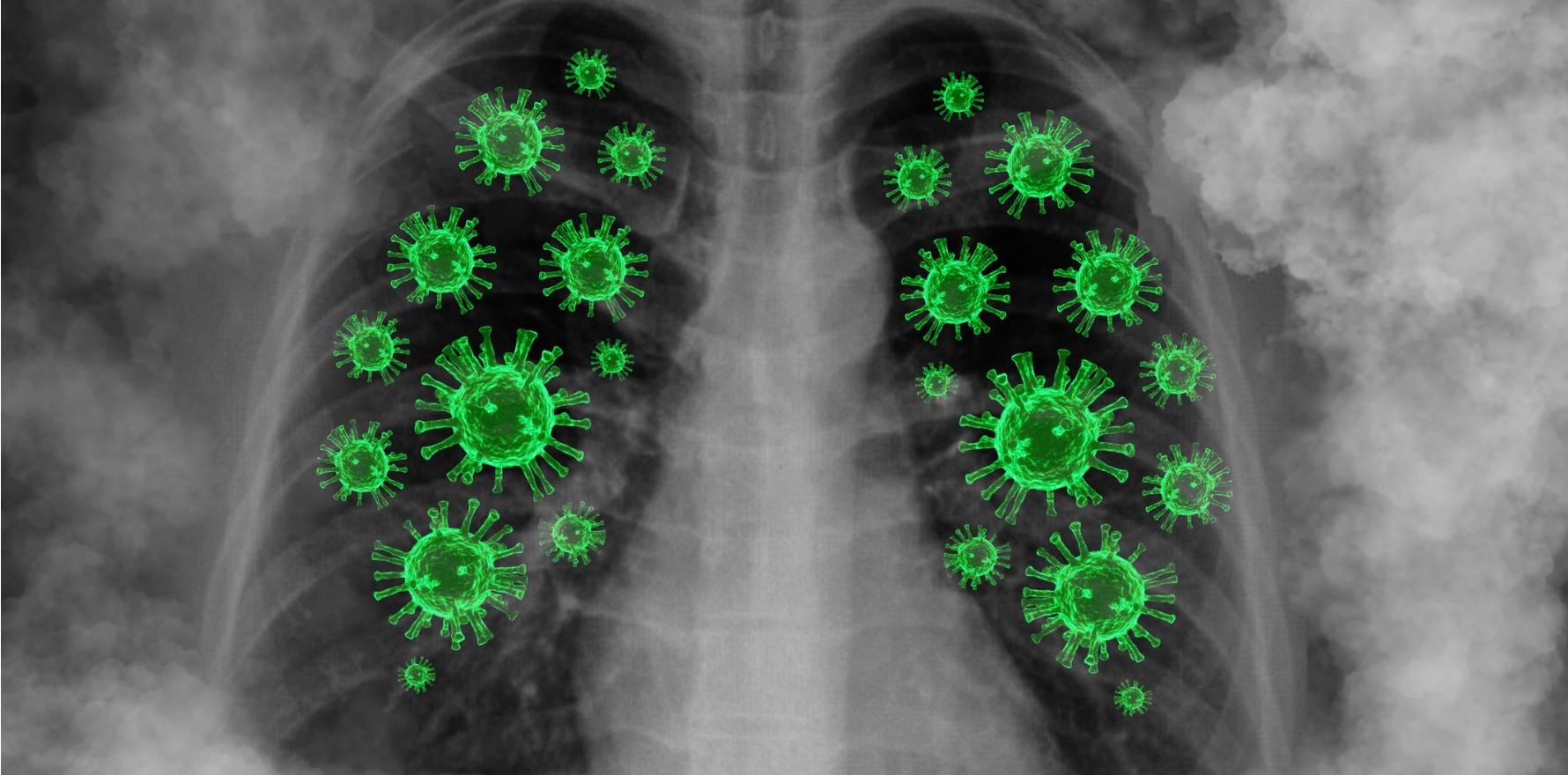Preliminary results of long-term follow-up for hospitalised patients shows symptoms are long-lasting but do improve with time.
Breathlessness and impaired lung function among COVID-19 patients can last for months after hospital discharge but tend to improve over time, according to early data presented at the European Respiratory Society’s internal congress in September.
The observational study, conducted across three hospitals in Austria, is ongoing and so has not been peer-reviewed, but study lead Dr Sabina Sahanic said the findings underscored the importance of long-term follow-up of COVID-19 survivors.
“The bad news is that people show lung impairment from COVID-19 weeks after discharge; the good news is that the impairment tends to ameliorate over time, which suggests the lungs have a mechanism for repairing themselves,” said Dr Sahanic, a clinical PhD student at the University Clinic in Innsbruck in Austria.
The 86 patients analysed at the time of the presentation had enrolled between 29 April and 9 June 2020 and had been assessed at six and 12 weeks after discharge, with another assessment planned for 24 weeks post-discharge.
The average age of the cohort was 61, 35% were female, around 65% were obese, and roughly half reported a history of smoking.
Just over 20% of the patients had been admitted to ICU, and 19% had had invasive ventilation.
At six weeks, almost half (47%) had persisting shortness of breath, which dropped to 39% of patients at week 12.
Chest CTs revealed that ground glass opacities were present in the lungs of almost 90% of the patients after six weeks and the damage was rated 8/25 on average on the CT severity score (25 being the most severe pathology).
By 12 weeks, 56% of the patients showed lung damage on CT scans, and the average severity was ranked at 4/25.
Dr Sahanic said the measures of pulmonary function “improved significantly” 12 weeks after discharge from hospital.
At six weeks, 33% of patients’ DLCO measures, 23% of FEV1 measures, and 28% of FVC measures were at 80% less than predicted normal.
By 12 weeks, these dropped to 22%, 21%, and 19% at 80% less than predicted normal, respectively.
Separate research from France presented at the congress looked at patients coming off ventilation and how fast they recovered their walking ability. It found that the sooner they began pulmonary rehabilitation after extubation, the quicker they regained this capacity.
Nineteen patients had spent an average of three weeks in intensive care and two weeks in a pulmonary ward before they were moved to the cardio-respiratory rehabilitation clinic Dieulefit Santé.
On arrival at the clinic, they could walk an average of 16% of the expected distance they would cover in six minutes if they were healthy. This increased to 43% of the expected distance after three weeks of pulmonary rehabilitation.
The authors found a strong negative correlation between the number of days post-extubation before pulmonary rehabilitation and the gain in walking distance covered.
Lead author of the non-peer-reviewed work, Ms Yara Al Chikhanie, said earlier and longer rehabilitation was also associated with faster improvement in breathing capacities and muscle gain.
“The most important finding was that patients who were admitted to pulmonary rehabilitation shortly after leaving intensive care progressed faster than those who spent a longer period in the pulmonary ward where they remained inactive,” said Ms Chikhanie, a PhD student based at the clinic and Grenoble Alps University.
“Patients who started rehabilitation in the week after coming off their ventilators progressed faster than those who were admitted after two weeks.”
Ms Chikhanie acknowledged that starting rehabilitation required the patient to be deemed medically stable, but said their results supported starting physical therapy exercises while patients were still in the hospital’s pulmonary ward.
More information:
Abstract no: OA4143, “Persisting pulmonary impairment following severe SARS-CoV-2 infection, preliminary results from the CovILD study”, by Sabina Sahinic et al.
Abstract no: PA938, “Smartphone-based cough detection predicts asthma control – description of a novel, scalable digital biomarker”, by Yara Al Chikhanie et al.


